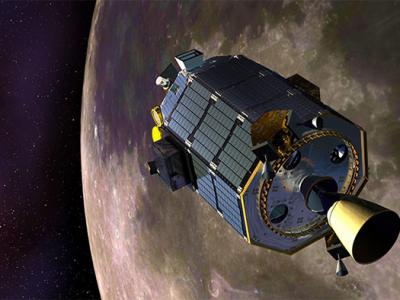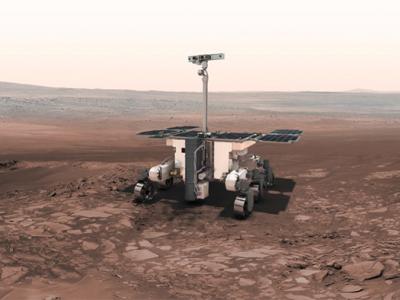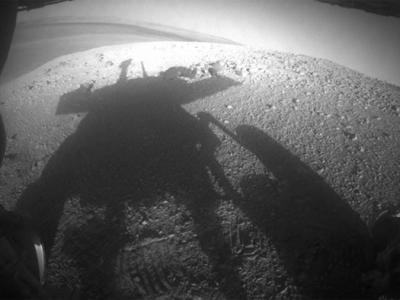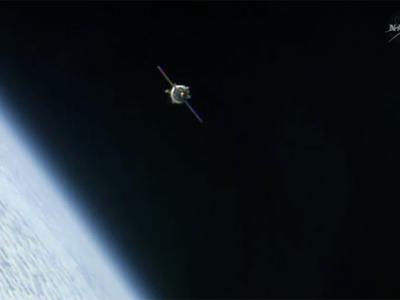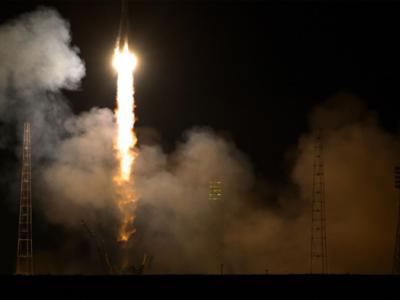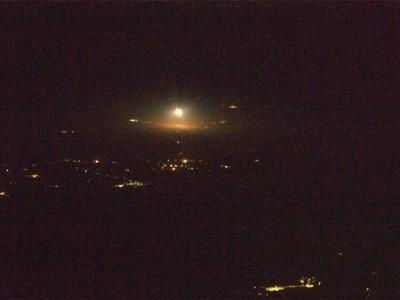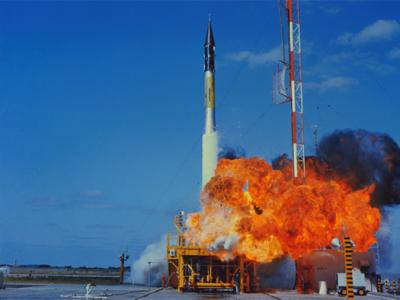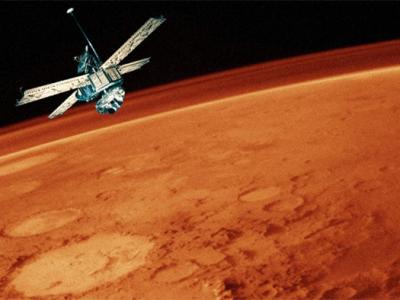Will Mystery Anomaly Mess With Today's Juno Flyby?
Will Mystery Anomaly Mess With Today's Juno Flyby?
Today, at 3:21 pm ET (12:21 pm PT), NASA’s Jupiter mission Juno will make closest approach with Earth as it carries out a valuable Earth flyby so it can pick up speed and continue its Jovian odyssey. Not only will mission scientists be keen to wave the spacecraft goodbye, they will also be carefully monitoring its speed, on the lookout for a strange anomaly that has foxed science since 1990.
Launched in August 2011, the Juno spacecraft hitched a ride on an Atlas V rocket from Cape Canaveral, Fla. Though powerful, that rocket didn’t have the oomph to propel Juno directly to Jupiter. So, using some clever orbital mechanics, the spacecraft has zoomed around the sun for the last two years and has ended up where it started. Juno is currently careening toward our planet, setting itself up for a flyby that will take it only 347 miles (558 kilometers) from the Earth’s surface. Once complete, the spacecraft will have used Earth’s gravitational field as a slingshot, accelerating its speed from 78,000 mph (126,000 km/h) to 87,000 mph (140,000 km/h) in the direction of its final destination, Jupiter.
#Juno is now 100,000 Kilometers from Earth! Closest Approach in 2 hours & 36 minutes (19:21 UTC). pic.twitter.com/Q0CiLZPjFX— NASA Juno (@Juno_101) October 9, 2013
Apart from being a necessary speed assist, today is also a valuable science opportunity. ESA radio tracking observatories in Australia and Argentina will be closely measuring radio signals from the spacecraft, watching for any strange variations in frequency. Spacecraft using the gravitational slingshot in the past have presented what is known as a “flyby anomaly” where the vehicle mysteriously speeds up (or slows down) more than predicted by scientists. Often, the anomaly is small, but sometimes — particularly in the case of NASA’s NEAR asteroid craft in January 1998, which had an additional mystery boost of 13 millimeters/second — the anomaly can be pretty significant.
“We detected the flyby anomaly during Rosetta’s first Earth visit in March 2005,” said Trevor Morley, flight dynamics expert at ESA’s ESOC operations centre in Darmstadt, Germany.
“Frustratingly, no anomaly was seen during Rosetta’s subsequent Earth flybys in 2007 and 2011. This is a real cosmic mystery that no one has yet figured out.”
Juno will be in constant radio contact with the ground during the flyby. Should the craft mysteriously speed up or slow down, the anomaly will be picked up as an unpredicted shift in radio frequency. The speed of Juno’s blistering flyby presents a challenge to radio antennae, however.
“Our Malargüe station is designed to track very distant and relatively slow-moving spacecraft, while Juno will pass by moving very, very fast at just 561 km altitude,” said ESA’s Daniel Firre, responsible for the tracking support of the new Argentina-based radio antenna.
“This makes tracking Juno technically very challenging, but it’s how the scientific process works. Gathering more data that can be analysed by experts is critical if we are ever to solve this perplexing mystery.”
After using the Earth as an accelerator service, the 3.5 ton spacecraft will be flung into interplanetary space to continue its trek to Jupiter. Once arrived in 2016, the solar-powered spacecraft will orbit the gas giant for a year, studying the massive world’s magnetic field, radiation belts and fascinating atmosphere. In doing so, a better understanding of Jupiter’s interior may be gained, helping us understand how the planets, including Earth, evolved.(Oct 9, 2013 01:38 PM ET // by Ian O'Neill)

